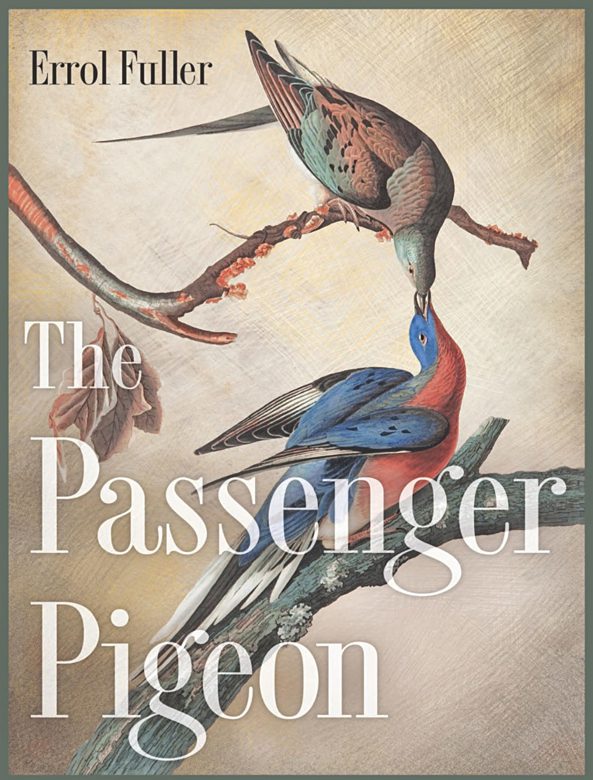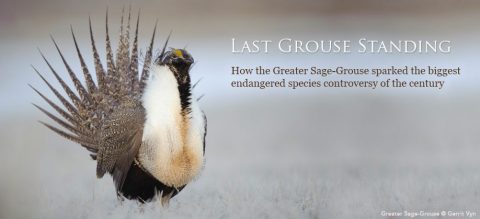Book Review: The Passenger Pigeon, by Errol Fuller
Reviewed by Stephen J. Bodio
From the Spring 2015 issue of Living Bird magazine.
April 15, 2015
In The Passenger Pigeon, Errol Fuller brings his artist’s eye to a recently popular, much-covered, yet little understood phenomenon. Most bird fans and scholars should know that Fuller, a collector of Victorian taxidermy and relics and a painter of extinct birds, hybrid birds-of-paradise, and boxing, has become one of the great self-taught scholars of ornithology and its history in our time. His monographs on the Great Auk and the Dodo, while scientifically impeccable, connect with the force of art.
Virtually every other work on the Passenger Pigeon, however worthy and necessary, reads like a catalog of numbers. Only the first-hand accounts, such as Audubon’s, come alive. Fuller has all that working stuff in appendices; he wants you to see the bird. Even his imagined re-creation of a first-hand sighting lives.
He has all the familiar images, old and new: Audubon, Fuertes; photos of Charles Whitman’s breeding birds; photos of Martha; Walton Ford’s terrifying Falling Bough. But he shows the unfamiliar too: two photos of specimens in brilliant color, with breasts redder than an American Robin’s, that have never been exposed to daylight since they were laid to rest. An egg, life-sized. And he reminds us how little we know, how little we studied them when we could. Did they really lay just one egg? Did they really abandon their young at two weeks of age?
(Fuller accepts the convention that they needed enormous breeding colonies. He gives a good population biologist’s argument: mass breeding “swamped” nest predators. But this is only significant if they actually abandoned their young early. Perhaps, if they did, the parents exhausted the local food supplies fattening the squabs, and the numbers of the young meant that sufficient numbers survived to breed.)
Not a complaint. Fuller’s vivid account is the one new book on the species you must buy. I suspect we have much more to learn about this most enigmatic icon of extinction.

All About Birds
is a free resource
Available for everyone,
funded by donors like you
American Kestrel by Blair Dudeck / Macaulay Library


